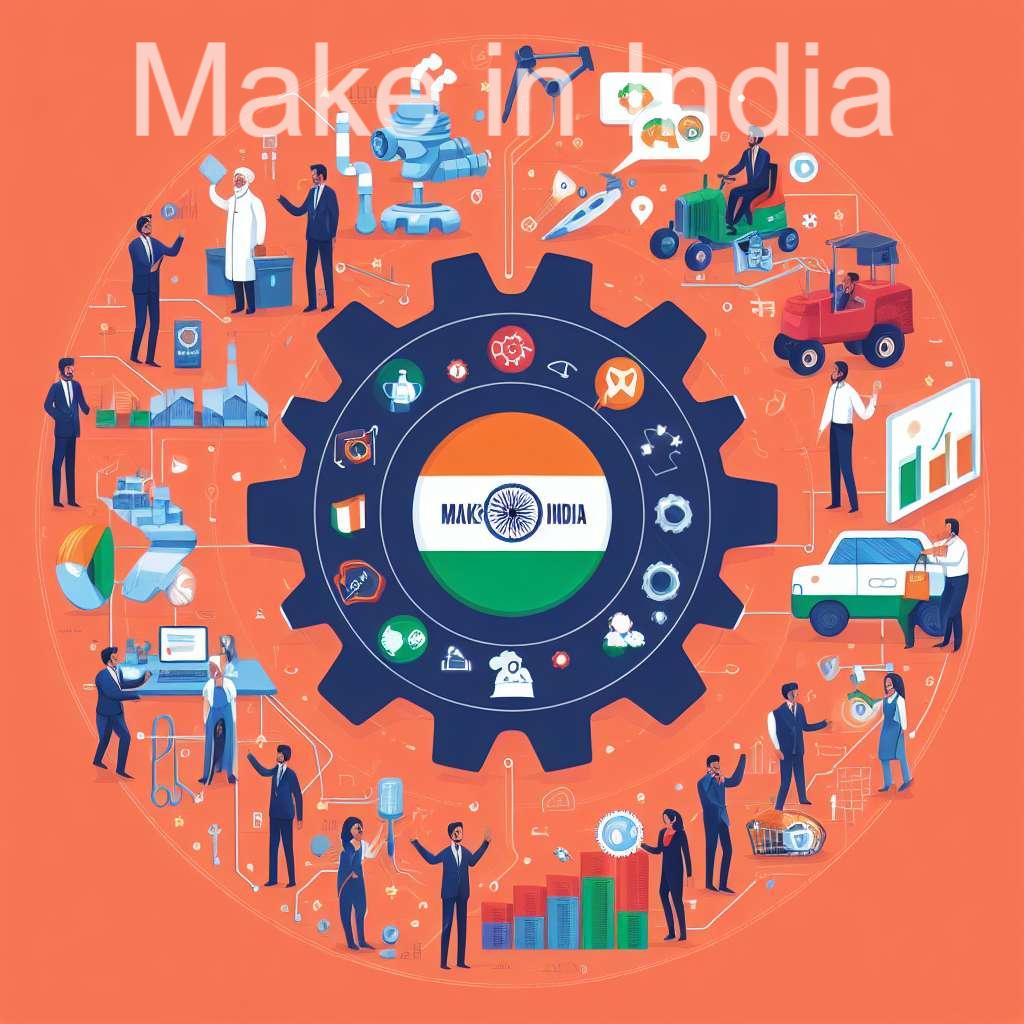Beyond the Taj Mahal’s glittering marble and bustling Mumbai streets, India is quietly rewriting its energy story. Forget smoky coal fields and fossil fuel dependence; the country is harnessing the wind and sun, embracing renewable energy as its green growth engine for a sustainable manufacturing future. Let’s delve into the factors propelling India on this eco-friendly journey:

1. Climate Imperative: India, one of the world’s largest carbon emitters, faces the brunt of climate change. Floods, droughts, and extreme weather events necessitate a shift towards renewables, not just for environmental sustainability, but also for climate resilience and long-term economic stability.
2. Ambitious Targets: India set audacious goals for itself – achieving 500 GW of renewable energy capacity by 2030 and making renewables 50% of its energy mix. These ambitious targets drive investments, technological advancements, and policy initiatives, paving the way for a rapid green transition.
3. Renewable Resource Abundance: From scorching deserts to sun-drenched coasts and wind-swept mountain ranges, India boasts a wealth of renewable resources. This natural bounty offers immense potential for solar, wind, and other renewable energy projects, fueling the clean energy revolution.
4. Cost-Effectiveness: Renewable energy costs are declining rapidly, making them increasingly competitive with conventional fossil fuels. Additionally, government incentives like feed-in tariffs and production-linked incentives offer financial support for renewable energy projects, further boosting their attractiveness for investors and manufacturers.
5. Sustainable Manufacturing Synergy: Renewable energy powers sustainable manufacturing. Greener factories using clean energy reduce carbon footprints, attract environmentally conscious consumers, and enhance India’s brand image as a responsible global manufacturing hub. Imagine electric vehicles manufactured using solar-powered plants or green hydrogen powering energy-intensive industries.
Challenges and Solutions:
Despite the bright green shoots of progress, hurdles exist. Grid integration issues, transmission infrastructure limitations, and storage solutions for intermittent renewable energy sources require innovative solutions.
Fuelling the Future:

India’s renewable energy journey is not just about generating clean electricity; it’s about transforming lives and powering a sustainable future. By addressing technical challenges, developing robust storage solutions, and promoting green hydrogen technologies, India can unlock the full potential of renewables and emerge as a global leader in sustainable manufacturing.
Green Impact beyond Borders:
India’s renewable energy success wouldn’t just benefit its own economy and environment; it would have a global ripple effect. Sharing its learnings, technologies, and expertise with developing nations can pave the way for a collaborative global transition towards a clean energy future.
Remember:
- Highlight specific examples of successful renewable energy projects in India, showcasing their scale and impact.
- Include innovative solutions being developed to address grid integration and storage challenges.
- Illustrate the link between renewable energy and sustainable manufacturing, focusing on energy-efficient technologies and green industrial practices.
- Consider visuals like infographics, maps of renewable energy zones, and photographs of solar and wind farms to bring the narrative to life.
So, witness India’s transformation from a land of ancient wonders to a green growth engine. Renewable energy isn’t just powering factories; it’s powering a new chapter of sustainable development, not just for India, but for the entire planet. The green future is bright, and India is illuminating the path with its renewable energy torch.